What Speech and Language Skills Should a 7-Year-Old Have?
The following skills are all expected to emerge by the end of 2nd grade (7-8 years old). Not all children will acquire all of these skills by this age. If a child is missing a few skills, we generally don’t worry too much. However, if a child is far off from many of these skills, we like to get them in for a speech/language assessment/evaluation.
This page is recommended as a general guide to give you an ideas of skills you could address within this age bracket. It is not meant to diagnose a child or provide treatment recommendations. SLK Hub is for informational and educational purposes only and does not provide medical or psychological advice.
* To view the sources for this information, please scroll to the bottom. School-age language skills are taken from the Common Core State Standards. This is a standardized curriculum that is commonly used in the United States. Not all school curriculums will follow these language skill timelines exactly.
Speech Sound Skills for 7-year-olds:
- Intelligibility: Is understood almost all of the time
- Uses all speech sounds correctly (keep in mind some areas limit the speech sounds that school SLPs can address until later ages)
- Is no longer be using phonological processes (speech sound error patterns)
Language Skills for 7-year-olds:
School-age language skills are taken from the Common Core State Standards. This is a standardized curriculum that is commonly used in the United States. Not all school curriculums will follow these language skill timelines exactly.
- Asks and answers questions in order to demonstrate understanding, clarify comprehension, or gather additional information
- Can tell a story or recount an experience in which they include appropriate facts and relevant, descriptive details, use temporal words to
- Can provide information/explanations in which they introduce a topic, use facts and definitions to develop points, and provide a concluding
- Can state opinions in which they introduce the topic, state an opinion, supply reasons that support the opinion, use linking words (like “because”)
- Uses collective nouns like “group” or “everyone”
- Uses frequently occurring irregular plural nouns, such as “feet”, “children”, and “teeth”
- Uses reflexive pronouns, such as “myself”, “yourself”, and “themselves”
- Uses frequently-occurring irregular past tense verbs, such as “sat”, “hid”, “told”
- Uses adjectives and adverbs, and chooses between them depending on what is to be modified (adjectives to describe nouns, adverbs to describe verbs)
- Can produce, expand, and rearrange complete simple and compound sentences
- Understands and can compare formal and informal uses of English
- Can use sentence-level context as a clue to figure out the meaning of a word or phrase
- Can use a root word as a clue to the meaning of an unknown word with the same root (addition, additional)
- Can determine the meaning of a new word formed when a known prefix is added to a known word (“happy” + “un” = “unhappy/not happy”)
- Can use the knowledge of the meaning of individual words to predict the meaning of compound words (“birdhouse” = “a house for birds”)
- Can distinguish shades of meaning among closely related verbs (toss, throw, hurl) and closely related adjectives (thin, slender, scrawny)
- Can identify real-life connections between words and their use (naming foods that are spicy or juicy)
Social Communication Skills for 7-Year-Olds:
- Follows 3-4 step oral directions
- Explains words and ideas
- Gives directions with 4-5 steps
- Uses oral language to inform, persuade, and entertain
- Stays on topic, takes turns, and uses appropriate eye contact during conversation
- Opens and closes conversations properly
- Talks for a variety of reasons: to comment on something, to convince someone, and to make someone laugh

About the Author: Carrie Clark, MA CCC-SLP
Hi, I’m Carrie! I’m a speech-language pathologist from Columbia, Missouri, USA. I’ve worked with children and teenagers of all ages in schools, preschools, and even my own private practice. I love digging through the research on speech and language topics and breaking it down into step-by-step plans for my followers.
Fun Fact: When my son was three, he once got mad at me and told me he was going to send me to Antarctica in nothing but a t-shirt. He had an overly large vocabulary for a 3-year-old….along with an overly large amount of sass. He still has both to this day.
Connect with Me:
Sources:
The following sources were used to provide the ages, skills, and milestones on this page. Keep in mind that different studies have found different results. We have tried selecting more recent studies and using information provided by reputable sources such as the American Speech-Language Hearing Association and the Center for Disease Control. However, we understand that there are other studies out there that may contradict this information somewhat.
Please use these resources as a general guide and use your own professional judgement as well. Parents should seek the advice of a licensed speech-language pathologist who can sort through this information and make recommendations based on a specific child’s situation and needs.
Speech Sound Intelligibility:
Hustad, Katherine C., et al. “Speech Development Between 30 and 119 Months in Typical Children I: Intelligibility Growth Curves for Single-Word and Multiword Productions.” 2021, https://pubs.asha.org/doi/10.1044/2021_JSLHR-21-00142. Accessed 30 Oct. 2023.
Speech Sound Age of Acquisition:
Crowe, Kathryn, and Sharynne McLeod. “Children’s English Consonant Acquisition in the United States: A Review.” 2020, https://pubs.asha.org/doi/10.1044/2020_AJSLP-19-00168. Accessed 30 Oct. 2023.
ASHA’s Phonological Processes/Patterns Age of Elimination:
“Selected Phonological Processes.” American Speech-Language-Hearing Association, American Speech-Language-Hearing Association, www.asha.org/practice-portal/clinical-topics/articulation-and-phonology/selected-phonological-processes/. Accessed 30 Oct. 2023.
Developmental Stages of Social Emotional Development in Children:
Malik F, Marwaha R. Developmental Stages of Social Emotional Development in Children. [Updated 2022 Sep 18]. In: StatPearls [Internet]. Treasure Island (FL): StatPearls Publishing; 2023 Jan-. Available from: https://www.ncbi.nlm.nih.gov/books/NBK534819/
Building Your Child’s Listening, Talking, Reading, and Writing Skills (By ASHA):
Wellman Owre, DeAnne, and Martha Kennedy Brennan. “Building Your Child’s Listening, Talking, Reading and Writing Skills: Kindergarten to Second Grade.” ASHA Website, American Speech-Language Hearing Association, www.asha.org/siteassets/uploadedfiles/build-your-childs-skills-kindergarten-to-second-grade.pdf. Accessed 30 Oct. 2023.
Common Core State Standards:
“Common Core State Standards for English Language Arts .” Common Core State Standards Initiative, 2 June 2010, www.thecorestandards.org/wp-content/uploads/ELA_Standards1.pdf.

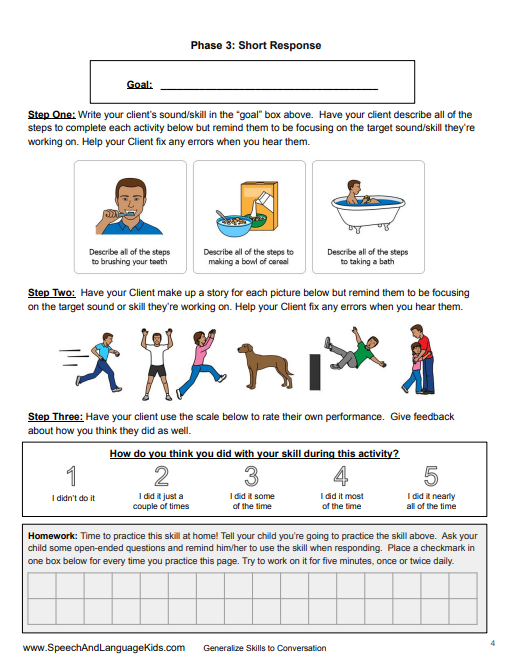
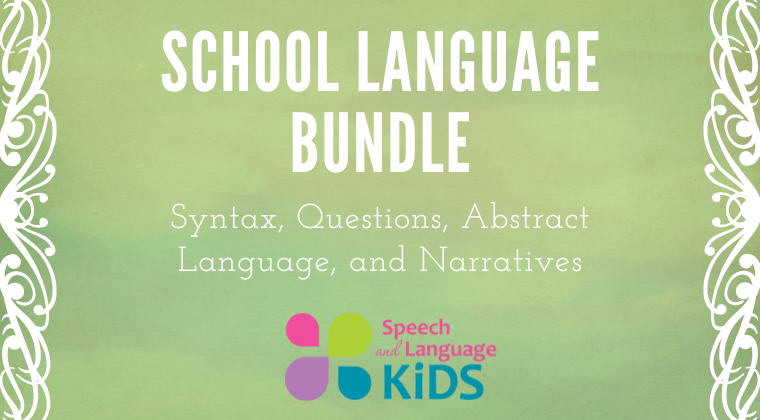
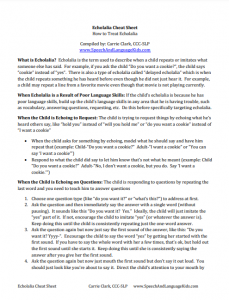
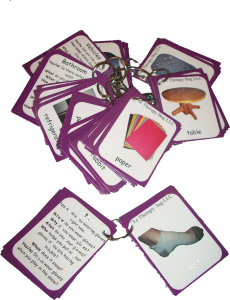
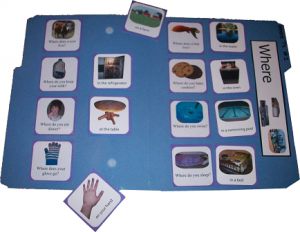







Ffrom were Can I have pre made worksheet and therapy activities
Hi, Asma – Here is a link to all of our freebies: https://www.speechandlanguagekids.com/90-free-speech-language-activities-and-resources/ and the password is: ILOVEFREEBIES.